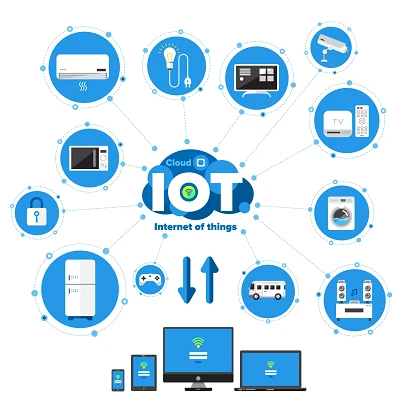Cellular IoT use cases can be divided into four segments based on their connectivity requirements. Understanding these segments is crucial for businesses and individuals who are looking to deploy IoT devices in their operations. This article will explore the four segments of cellular IoT use cases and their specific connectivity requirements in detail.
1. Smart agriculture: Sensors that monitor soil moisture, temperature, and humidity in large agricultural fields.
2. Smart parking: Sensors that detect the presence of cars in parking spots and transmit the data to a central server.
3. Asset tracking: Devices that track the location and movement of shipping containers, vehicles, and other assets.
1. Video surveillance: Cameras that transmit high-definition video streams in real-time.
2. Smart metering: Devices that transmit energy consumption data in real-time to a central server.
3. Connected cars: Vehicles that require high-bandwidth connectivity for infotainment and safety features.
1. Healthcare: Devices that monitor patients' vital signs and transmit the data to healthcare providers in real time.
2. Industrial automation: Machines that require real-time connectivity for remote monitoring and control.
3. Public safety: Devices that transmit critical information to emergency responders in real-time.
1. Smart factories: Machines that require real-time connectivity for remote monitoring and control.
2. Predictive maintenance: Devices that transmit real-time data to a central server to predict maintenance needs.
3. Robotics: Robots that require real-time connectivity for remote control and monitoring.
Q: What is Cellular IoT?
A: Cellular IoT is a subset of IoT that utilizes cellular networks for data transmission
Q: What are the four segments of Cellular IoT use cases?
A: The four segments of Cellular IoT use cases are Massive IoT, Broadband IoT, Critical IoT, and Industrial Automation.
Q: What are some examples of Massive IoT applications?
A: Some examples of Massive IoT applications include smart agriculture, smart parking, and asset tracking.
Q: What are some examples of Broadband IoT applications?
A: Some examples of Broadband IoT applications include video surveillance, smart metering, and connected cars.
Q: What are some examples of Critical IoT applications?Some examples of Critical IoT applications include healthcare, industrial automation, and public safety. In the healthcare industry, Critical IoT devices such as patient monitoring devices and medical equipment require low-latency and highly reliable connectivity to transmit data in real-time to healthcare providers. In industrial automation, machines require real-time connectivity for remote monitoring and control, allowing operators to quickly respond to issues and prevent downtime. Public safety devices such as emergency response systems and communication devices need to transmit critical information in real-time to ensure the safety of the public.
The reliability and low-latency requirements of Critical IoT devices make them essential for many industries, and the adoption of these devices is expected to grow rapidly in the coming years. As more industries incorporate Critical IoT devices into their operations, the need for reliable and high-speed cellular networks will continue to increase.
